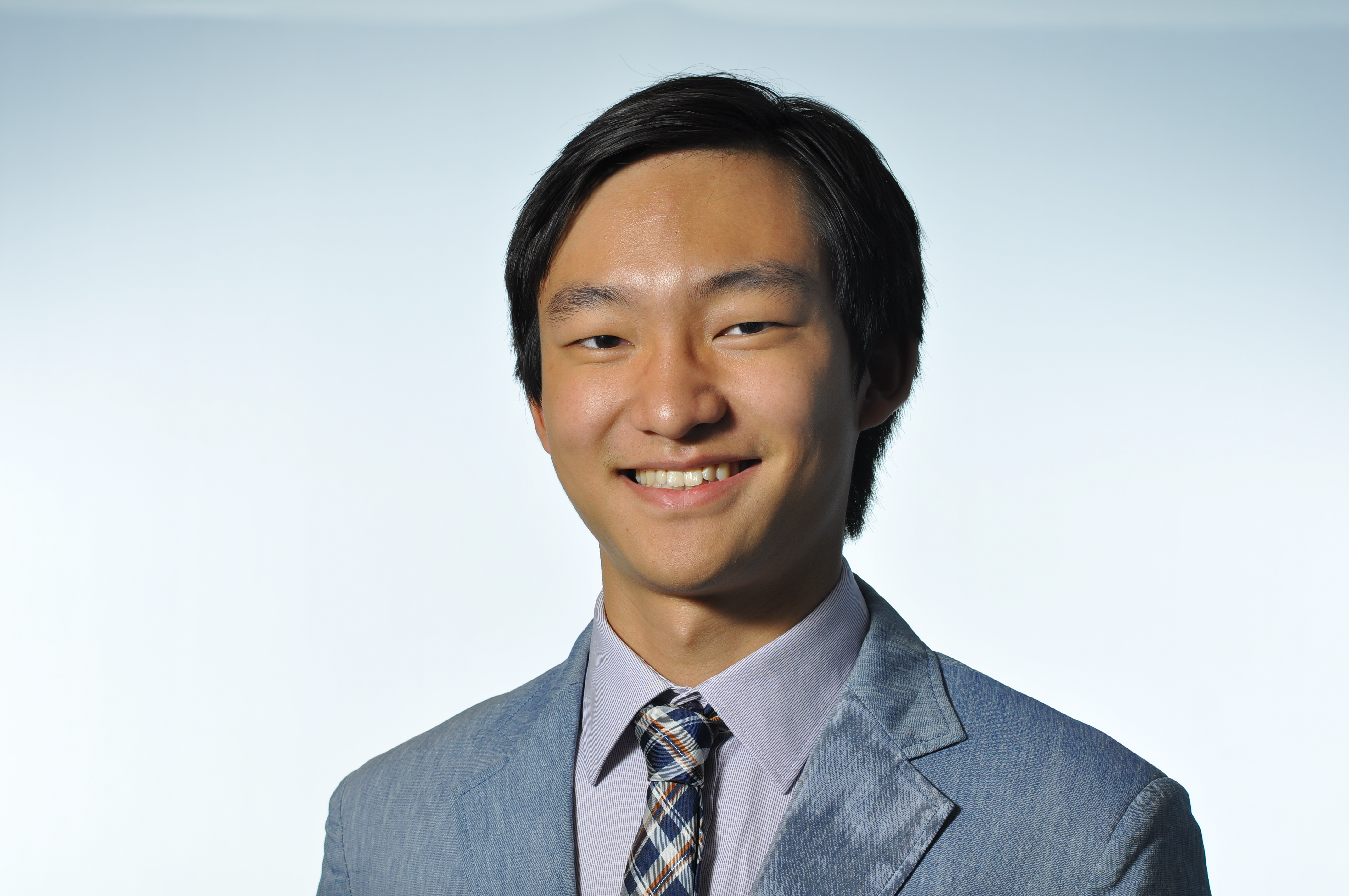Where were you when Johnny Dawkins was fired?
I was still in bed, determined to use the first day of my finals week productively by sleeping in until 2 p.m. before I was rudely jolted awake by Twitter blowing up in my face. After that, though, it was impossible to sleep on — the news wasn’t entirely unexpected, but it was still a surprise nonetheless, since I was one of the people that believed Dawkins’ job was safe for one more offseason at the very least.
The (admittedly few) proponents of one more season pointed to the rash of injuries that gripped the Cardinal this season — surely, without two of the projected starters from the start of the season (Robert Cartwright, Reid Travis) it would be impossible to give Dawkins a fair grade on his accomplishments from this past year.
However, the majority of Stanford fans didn’t believe that Dawkins had shown enough in previous seasons — with healthy teams — that they could reasonably expect him to succeed next year, even with a completely healthy roster that could return every player that saw action this season.
In the end, the (not-so-silent) majority won out and the Johnny Dawkins era came to an end with a whimper after eight seasons based on the core idea that Stanford should be a basketball school clinching tickets to the Big Dance every year, as the team did in its heyday back in the late ‘90s and early aughts.
Proponents of the Dawkins firing pointed to the glory days back when Mike Montgomery roamed the sideline and Stanford qualified for 11 consecutive March Madness brackets — when Maples Pavilion provided one of the most fearsome home-court advantages in college basketball and you’d quite literally need to camp outside the stadium to get good seats for the biggest games.
They ask, “If those Stanford teams could do it, why can’t these Stanford teams do it?”
But a decade and a half removed from those glory days, I’m not sure if those expectations are still relevant or fair for Johnny Dawkins, or for Jerod Haase after him. Maybe Stanford just isn’t meant to be good at basketball in today’s game — sort of like Wake Forest in football.
The most important thing to note is that Stanford is different from what it was in the late ‘90s and so too is college basketball.
Back in 1996, Stanford’s admissions rate was a balmy 15.9 percent — still one of the most selective schools in the country, but nowhere near as crazy competitive as it is today, when the Class of 2020’s admission rate was announced to be 4.7 percent (!!!!). Although I’m not entirely sure as to how the athletic department’s admissions standards have specifically changed in that same time frame, I think it’s safe to conclude that it is considerably more difficult to get elite talent into Stanford today than it was in the ‘90s, which limits the selection pool of talent that the Cardinal have to choose from.
This is particularly significant in a sport like basketball where just one or two supremely talented players can quite literally make or break a season.
Moreover, there is less of an incentive than ever for the talented players to come to Stanford in today’s game. Since the advent of the one-and-done era in 2006, you don’t exactly need to worry about the quality of your college education if you’re truly one of those game-changing talents that can make a team, since you’re going to be leaving in a year anyway — and since Stanford’s many admissions hoops are going to make it unnecessarily difficult for you to get in anyway, most of those talents aren’t even going to give Stanford a second look.
(Not that Stanford would likely give potential one-and-dones a second look, either — Stanford Athletics cares way too much about its graduation rate.)
And even if those really smart and talented players do want to get a good education in their one (to four) years on a college campus, Stanford doesn’t have nearly as much of a monopoly on the “good at sports and smart” moniker in basketball as it does in football. You could get just as good of an education at Harvard, Yale, Duke, etc. without having to go through as crazy of an admissions process as there is at Stanford — and play better basketball while you’re at it. With all that in mind, Stanford might actually be one of the toughest sells in power conference college basketball.
So with less incentive to come to Stanford for basketball for the elites of the sport than there is for nearly any other sport on campus, Dawkins’ ability to recruit the athletes that he’d ideally want for his system (and for an elite team) is met by challenges not seen (or perhaps to a lesser extent) in the Montgomery era, which allowed for Stanford to be a dominant player in the college basketball scene. It’s simply unfair to be holding Dawkins to that same standard of dominance when he’s playing with a much, much weaker hand.
Whether it was fair or not, the Johnny Dawkins era is now over and the Jerod Haase era has dawned on The Farm. I can’t change that. What I can ask, though, is for you to put Dawkins’ ups and downs at Stanford in greater perspective; and if Haase can’t lead Stanford to the promised land either, don’t blame him or the players — blame the system and the game. It’s not one that Stanford is in position to win.
Give Do-Hyoung Park a hard time for sleeping in until 2 p.m. at dhpark ‘at’ stanford.edu.
